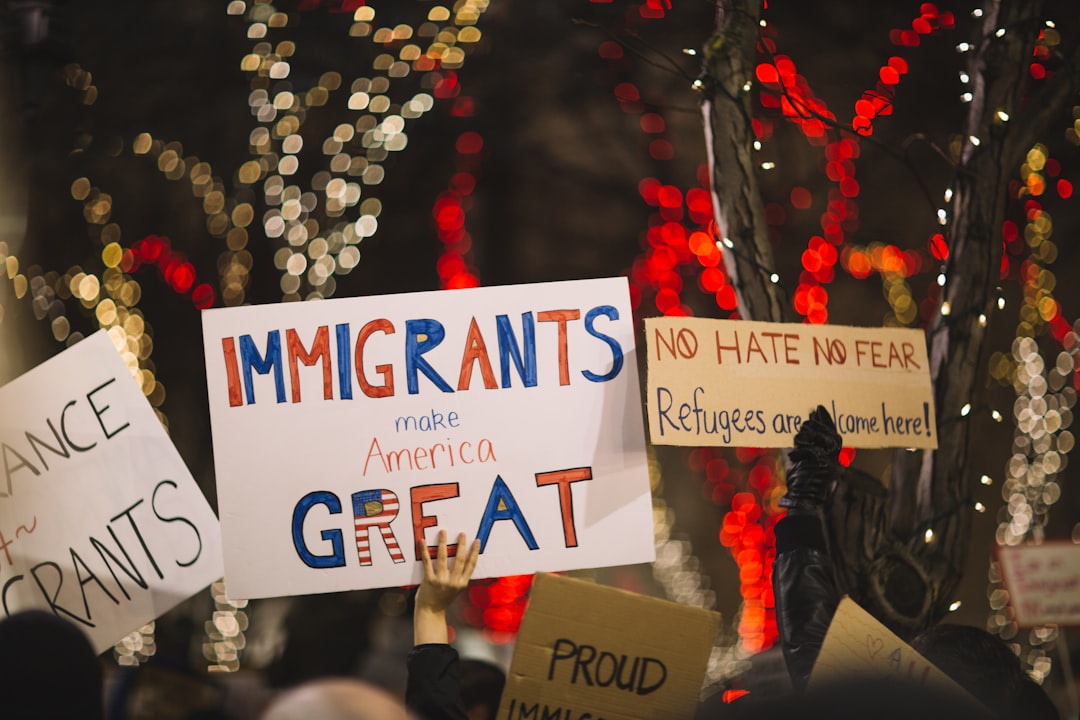What is it about?
At the start of the COVID-19 pandemic, governments imposed restrictions on people's mobility as a means to limit the spread of infection. This paper demonstrates ways to incorporate mobile phone data into epidemiological models in order to study the impact of these mobility restrictions. This is a unique case study taking place in Andorra, which is a small European country that normally has a high number of border crossings by tourists, yet was able to effectively close its borders at the start of the pandemic. Moreover, the study uses mobile phone data covering 100% of country subscribers. Multiple mobility metrics are developed from the mobile phone data and are used to parameterize (SEIR) epidemiological models. The results show that the metric counting the daily number of trips taken by the population did not improve model performance while the metric counting the number of people entering the country did. The mobility data and models are also used to produce counterfactuals, representing estimated COVID-19 cases in a scenario where country border and mobility restrictions had not been put in place.
Featured Image

Photo by Denise Chan on Unsplash
Why is it important?
Previous works have also used mobile phone data to parameterize models and otherwise study the dynamics of COVID-19. Many of these works assume that these data, and basic metrics derived from them, such as daily trips, provide a vital source of information in models. However, these works tend to use mobility data from a small portion of the populations they study, and their assumptions that these data provide statistical value should be tested. This work is unique in that it uses mobile phone data from 100% of country subscribers, and shows that a commonly used mobility metric, counting daily trips, does not necessarily correlate with decreases in COVID-19 infections.
Perspectives
When using mobile phone data to study populations, the benefits should be weighed alongside the risks. Much of the mobile phone data used to study COVID-19 was provided without explicit consent of the mobile phone users, and these data have privacy implications. While related works assumed these data sources were beneficial and readily applied them in modeling frameworks, this work brings such assumptions into question. In this country case study, a daily trips metric did not provide predictive power in epidemiological models, while a metric measuring the daily number of entrances to the country did. This metric counting entrances could likely have been estimated more directly from crossings at the border, rather than by analyzing the movements of every mobile subscriber in the country.
Alex Berke
Massachusetts Institute of Technology
Read the Original
This page is a summary of: Using mobile phone data to estimate dynamic population changes and improve the understanding of a pandemic: A case study in Andorra, PLoS ONE, April 2022, PLOS,
DOI: 10.1371/journal.pone.0264860.
You can read the full text:
Contributors
The following have contributed to this page










